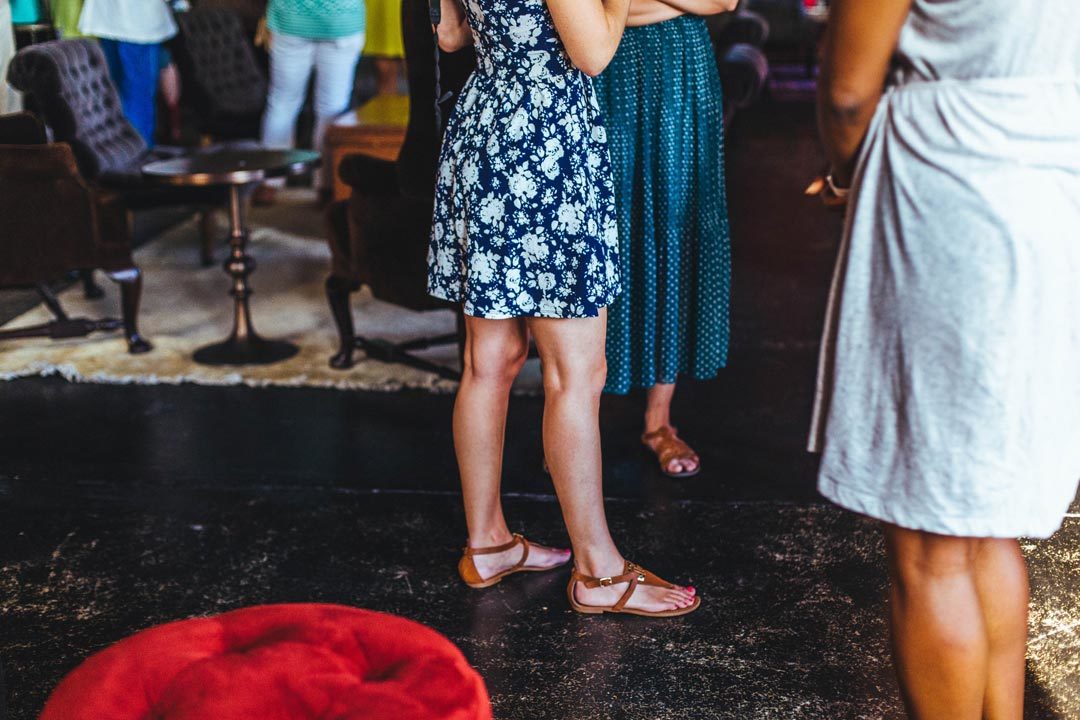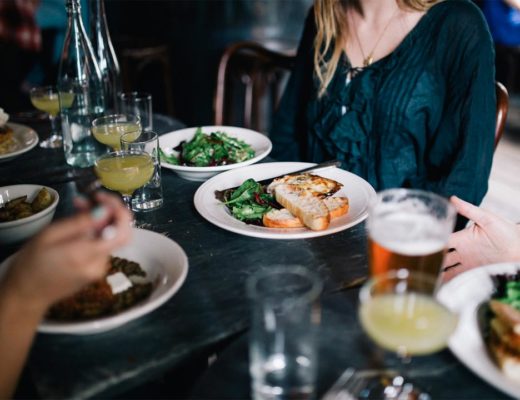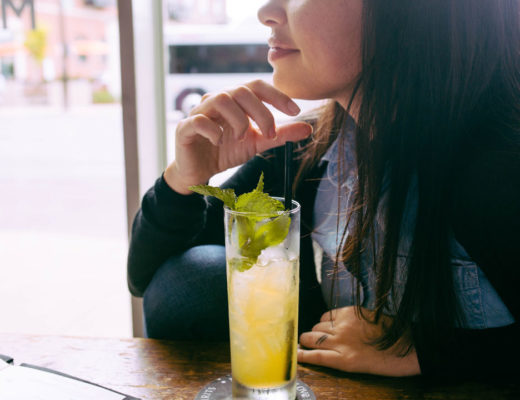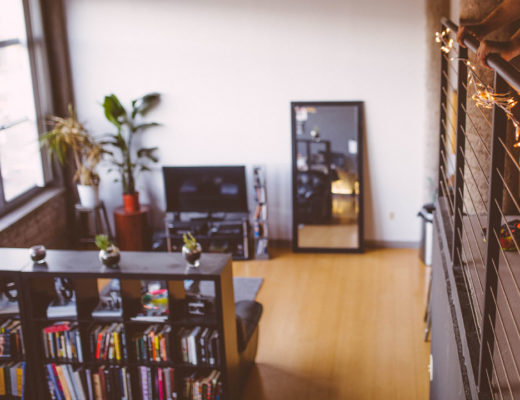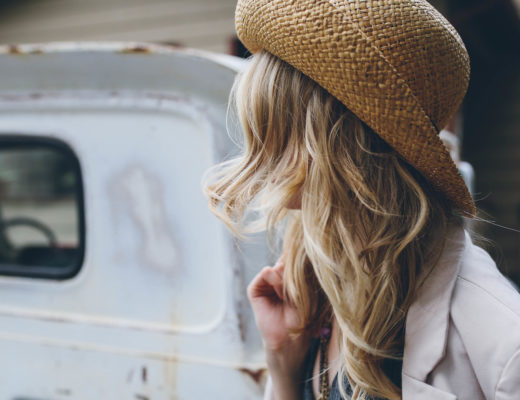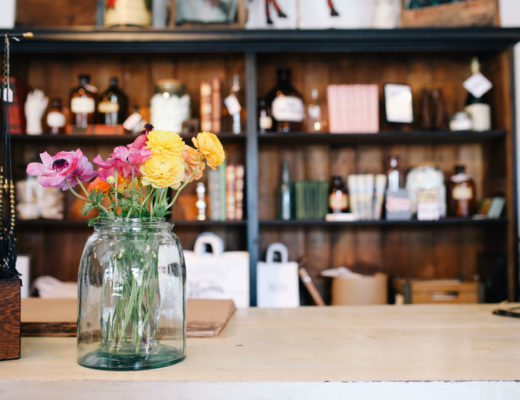Long tables filled a room at the Gainey Ranch Golf Club in Scottsdale, one uniformly behind another, totaling well over 100 seats. At each place setting sat three, differently shaped wine glasses with a cup in front of each holding a particular wine. Looking from one end of the table to the other, not a glass was out of line with the next. Before everyone stood Georg Riedel, owner of Riedel Crystal, and Angelo Gaja, owner and winemaker at GAJA Winery.
“I’m going to walk you through your senses,” said Riedel.
It was the start of a Riedel Glass tasting of GAJA wines, presented by Total Wine & More. Established in 1756, Riedel Crystal crafts glasses for everything from grappa, to orchard fruit, to tequila and martinis. But this evening’s focus was wine, particularly those of Gaja. Revered as one of the greatest winemakers in Italy and in the world, Gaja is viewed as an innovator, a true artisan and revolutionary in the world of wine. This artisanry is something he sees reflected in Riedel glassware.
“Riedel is the emperor of glasses. He is a wine lover and connoisseur, with a true knowledge and understanding of wine,” said Gaja. “This makes all the difference.”
The featured glasses were from Riedel Crystal’s Sommeliers line, the company’s first varietal-specific stemware created in 1973 by Claus J. Riedel. One was for white wine, the Montrachet, and the other two for red, the Burgundy Grand Cru and the Bordeaux Grand Cru.
The accompanying wines included GAJA’s 2009 Gaia & Rey (Piedmont) matched with the Montrachet, 2010 Barbaresco (Langhe, Piedmont) paired with the Burgundy Grand Cru, and 2008 Ca’Marcanda ‘Camarcanda’ (Tuscany) with the Bordeaux Grand Cru.
The tasting started out with what surprised most that night—water. In each glass, it tasted different. The Bordeaux glass made it taste velvety and full, the Burgundy flat and in a regular water glass, salty. And this varied experience was the case for everything tasted.
The Burgundy glass made the Barbaresco delightful but in the Bordeaux glass, awful. It was the other way around for the Camarcanda. The Burgundy emphasized the yeast in the wine—not so good. However, the Bordeaux emphasized the fruit, and the wine was enjoyed as it should be.
Why did wine in one glass assault the palette while pleasing it in another? The wines did not change. They were still of the highest quality.
“It’s about elevating your wine enjoyment. For that you need instruments,” explained Riedel. “You’ve probably not considered you liked the wine, but just had the wrong glass.”
Riedel glasses are designed to affect the flow of liquid, in turn touching various taste bud areas of your tongue. The initial point of contact depends on the shape and volume of the glass, the diameter of the rim, the thickness of the crystal and whether the edge is rolled or cut and polished. For example, the edge of the Burgundy glass rolls out. This causes the tip of the tongue to curl, moving wine to the sides of the tongue and missing the center. The elements of wine-fruit, acidity, mineral components, tannin and alcohol taste best on various parts of your tongue. Essentially, the glass controls this.
Towards the end of the evening, Gaja put the following words up on screen, explaining them as his philosophy for success: fare, saper fare, saper far fare, far sapere. Loosely it translates to doing something, understanding how to do something, perfecting it and then being able to teach someone. In essence, the life of the artisan. It was clear that both hosts had followed this path. That evening through wine and glassware, they talked about finding one’s passion and really learning the craft. And then sharing it, teaching it to others and enhancing a person’s experience—the true message of the evening.

